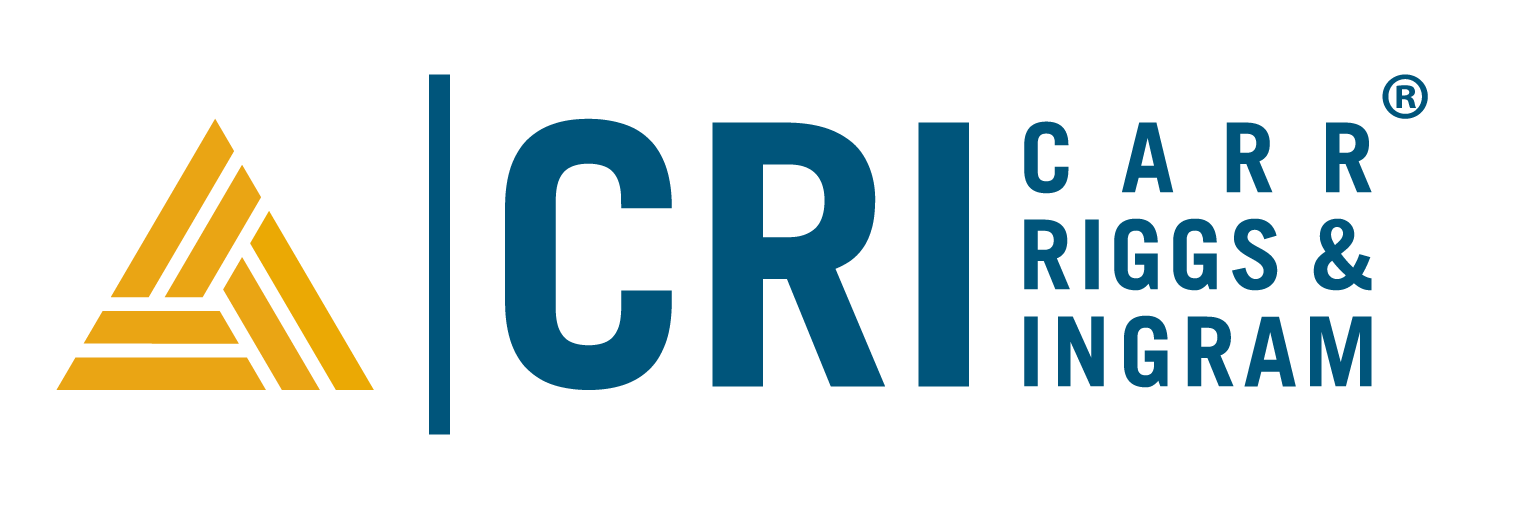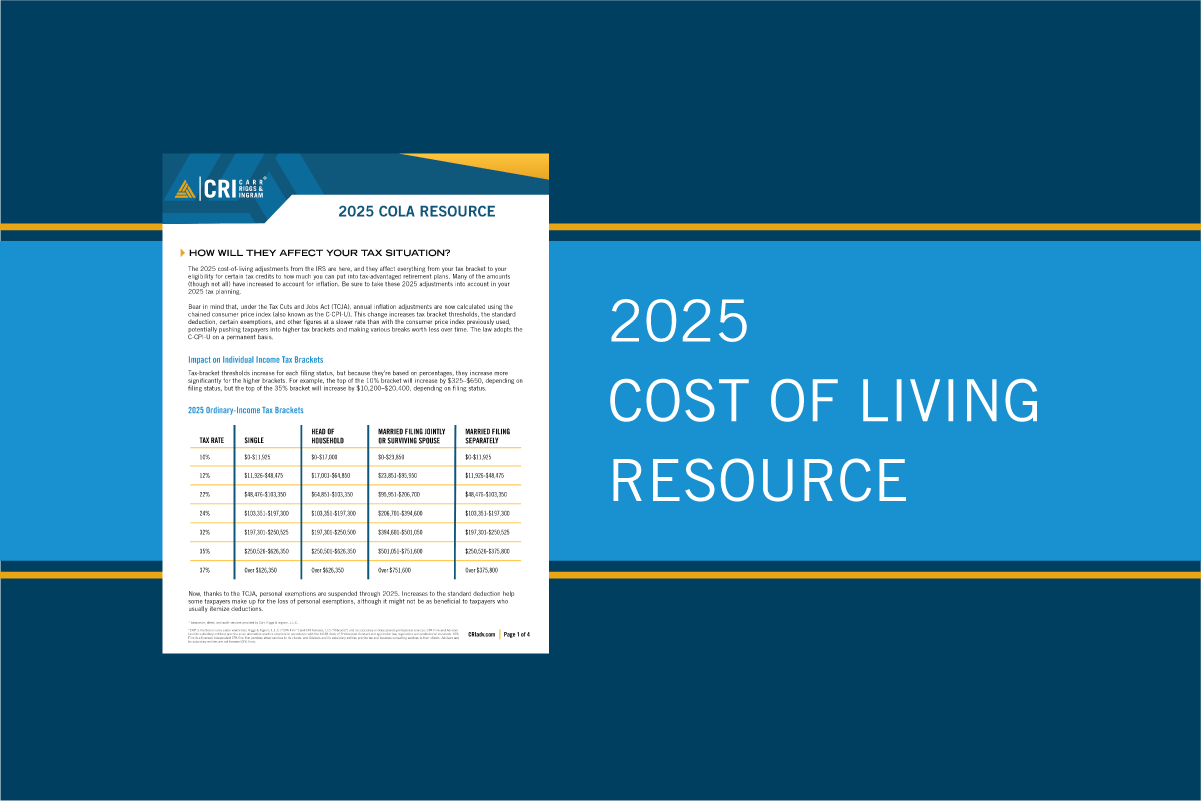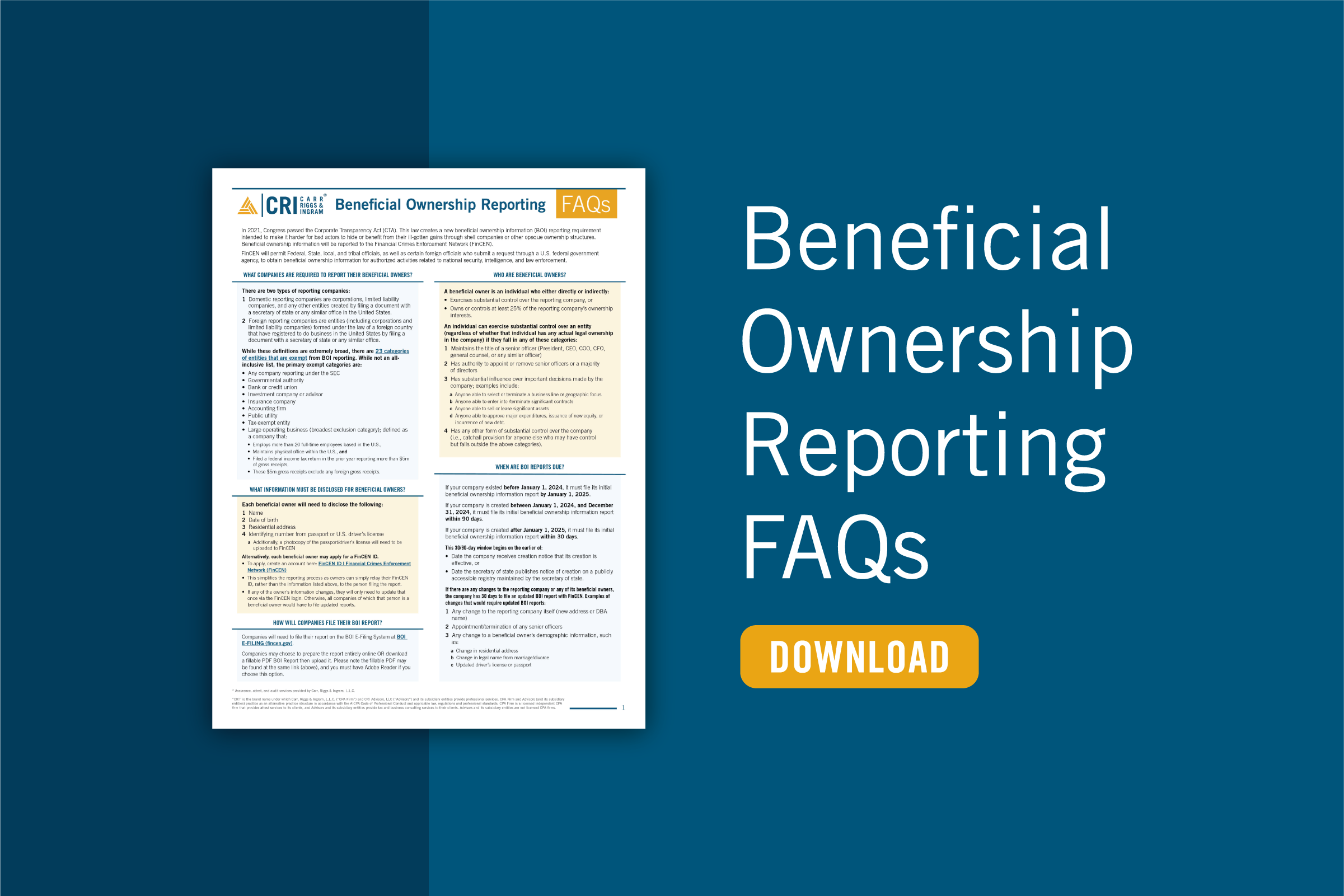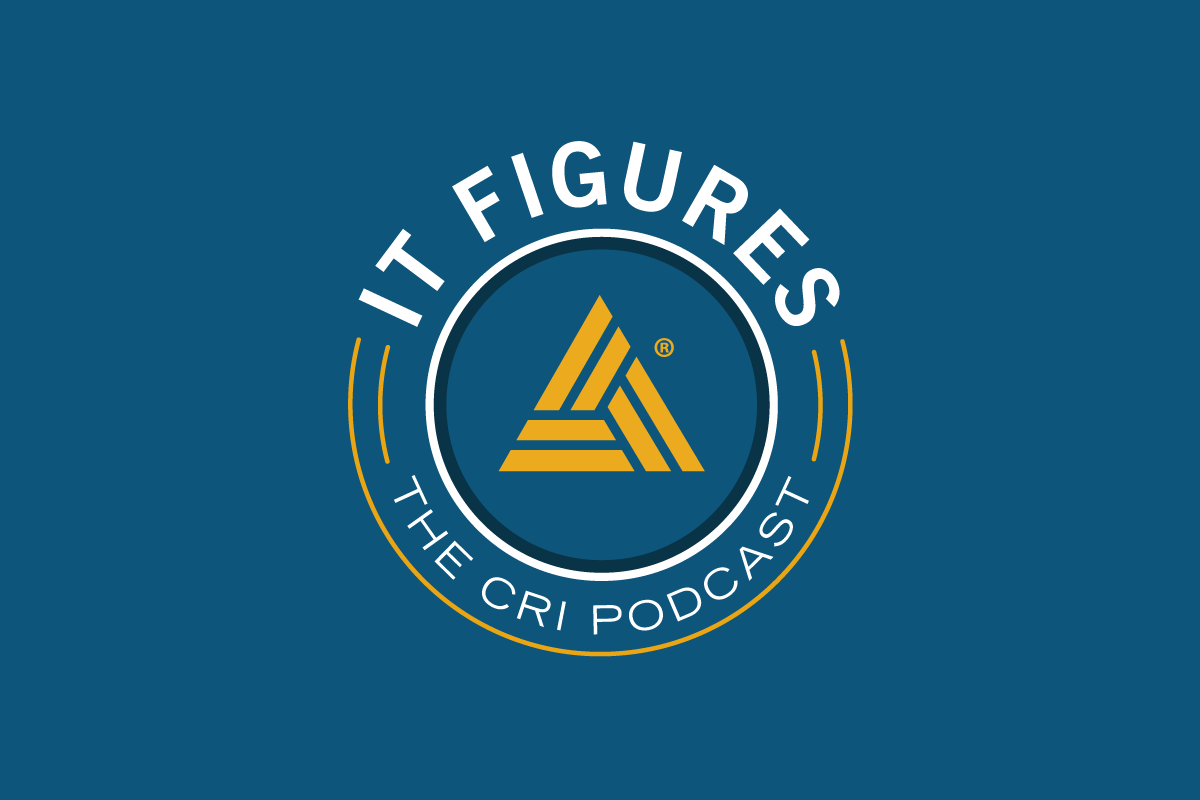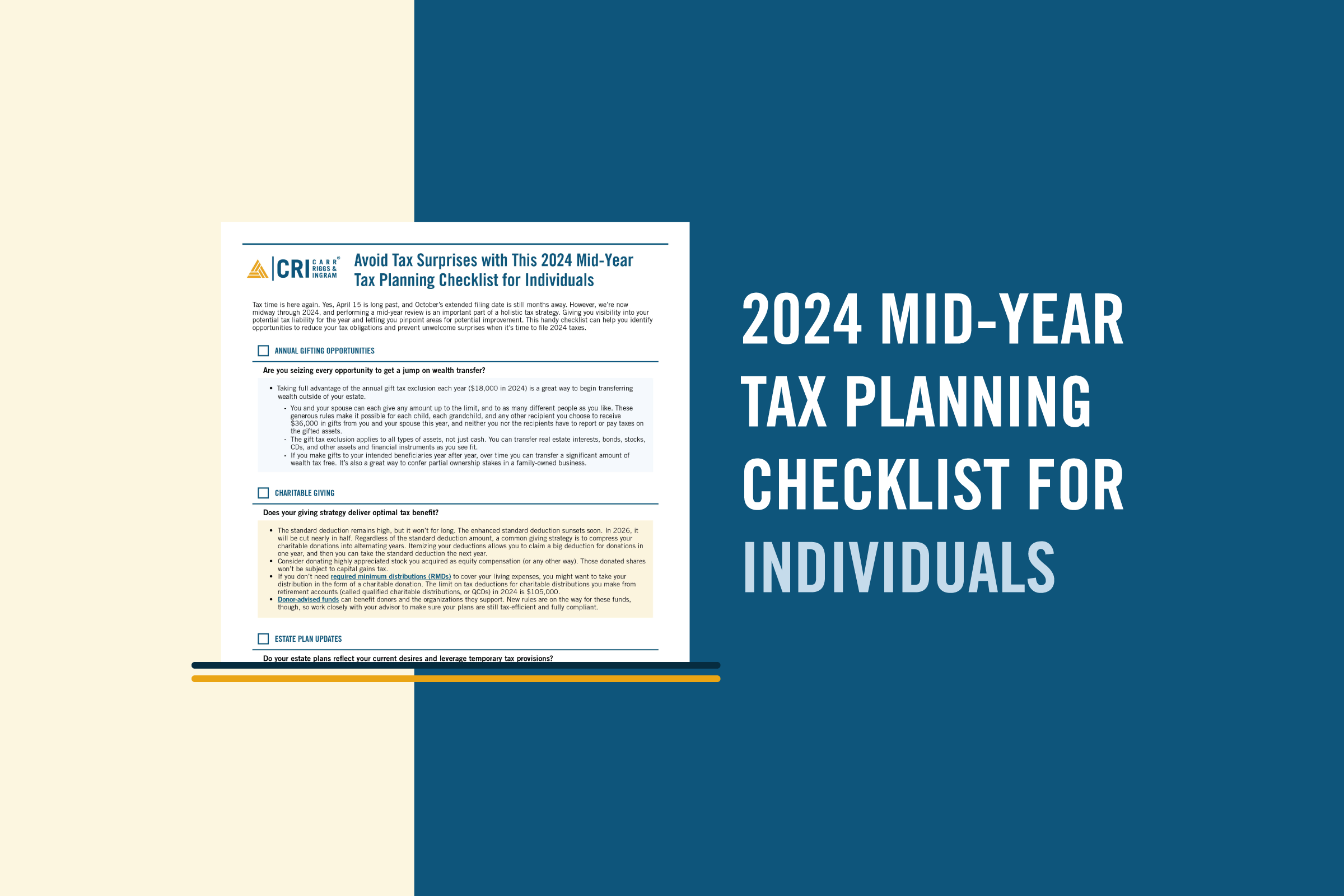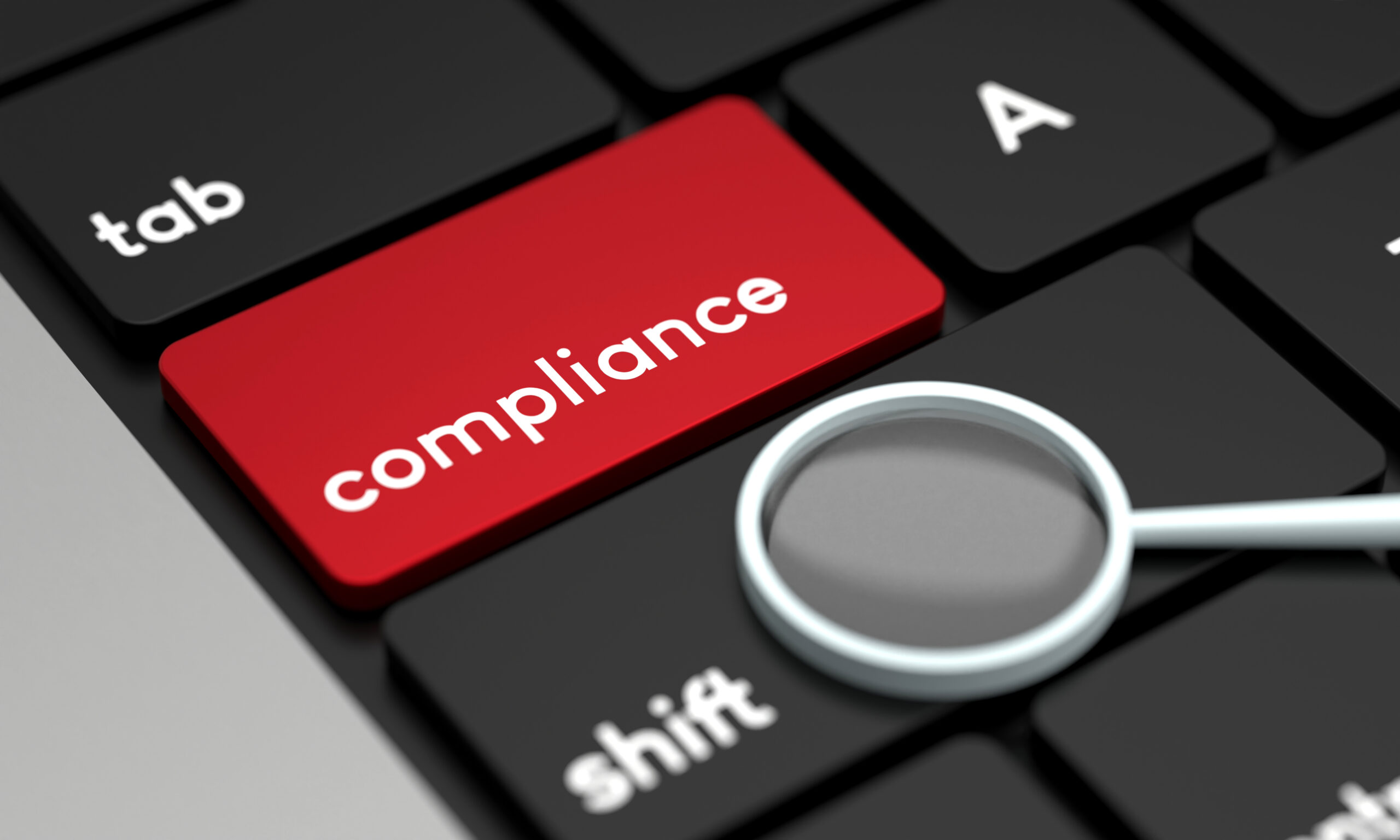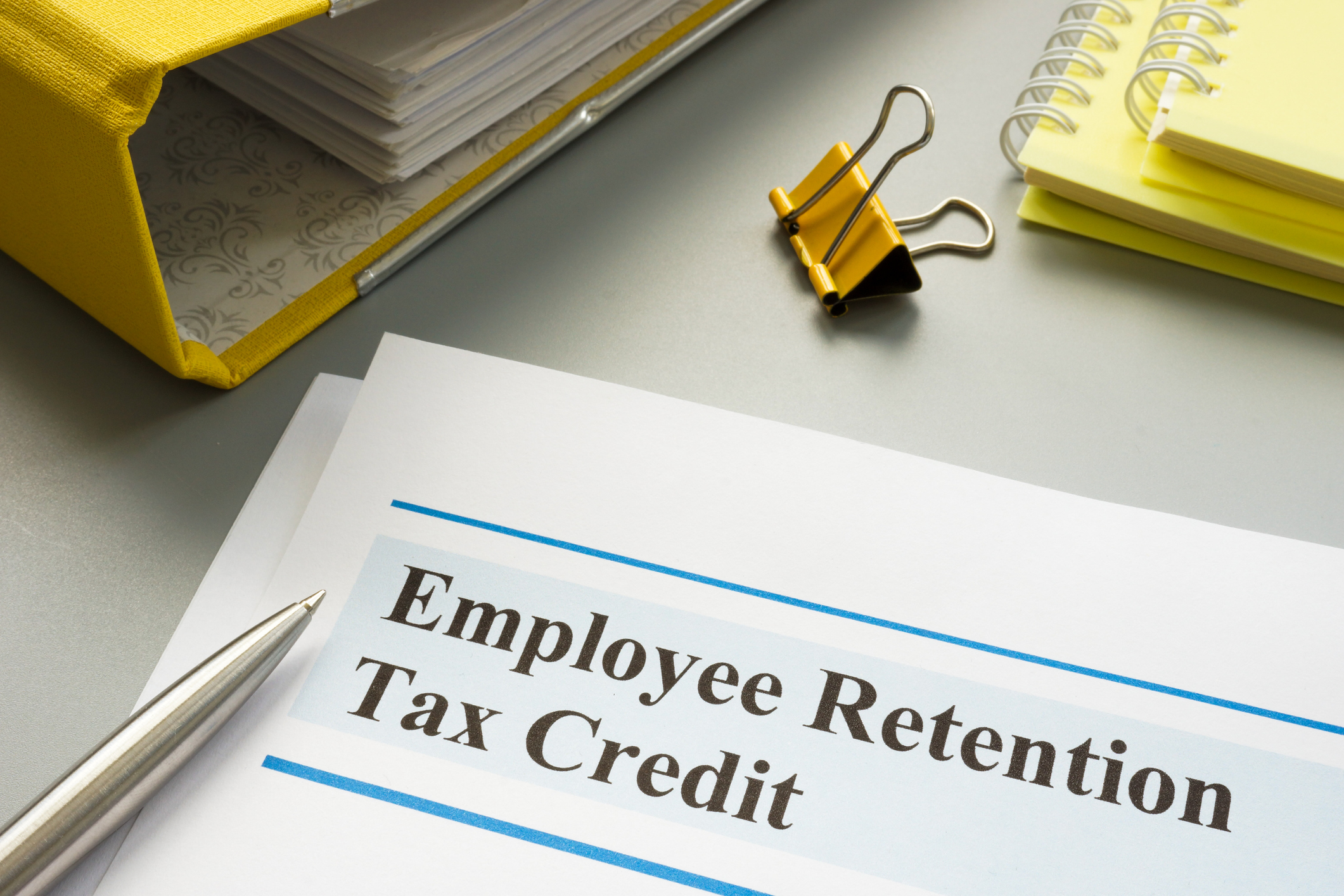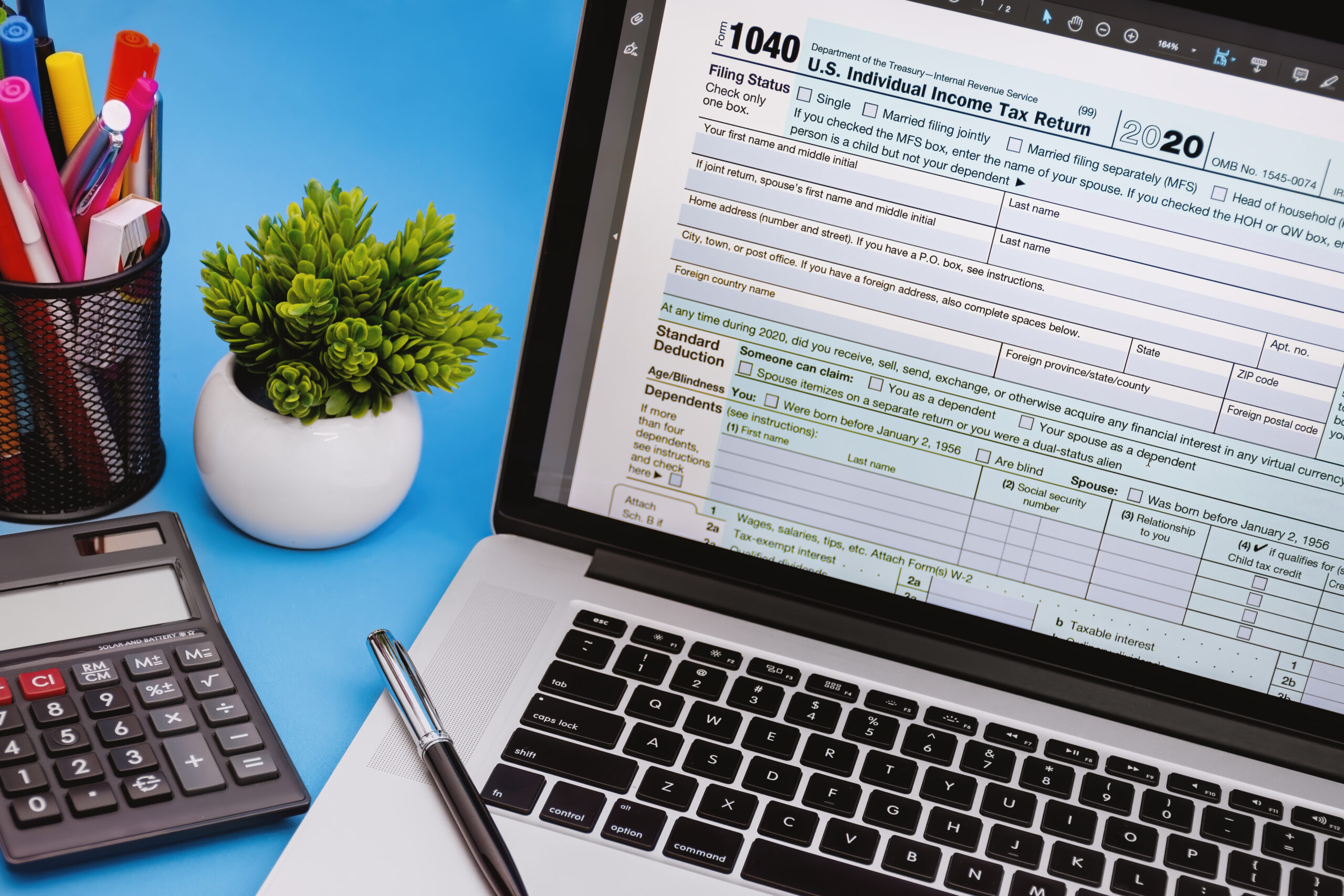Rate Reform – Why is LIBOR Going Away, and What Will Replace It?
- Contributor
- Michelle Landrum
Apr 29, 2021
Back in 2008, it was determined that the London Interbank Offered Rate (LIBOR) reference rate was not as reliable as it once was. At one point, a banker was able to lower LIBOR in a market when the rate should have and was expected to increase. As with most things, change does not happen immediately.
In 2014, the Alternative References Rates Committee (ARRC) was formed and tasked with identifying a replacement for the LIBOR rate denominated in U.S. dollars. In 2017, the ARRC officially recommended the Secured Overnight Financing Rate (SOFR) as the alternative for USD LIBOR. SOFR is derived from the cost of borrowing cash overnight collateralized by U.S. Treasury securities in the repurchase agreement market and is published each business day by the New York Fed. There is no expectation for USD LIBOR to be published past the end of 2021, creating a need for companies to assess the impact of this change if they have not already started. Other foreign groups are looking into rate reform and may recommend a different reference rate when working with lending in a foreign denomination.
So, who is impacted by this rate reform? More companies may be affected than initially suspected. This change is not only limited to contracts with financial institutions but also any contract that uses LIBOR as a reference rate. These contracts include floating-rate notes or lines of credit, preferred stock, derivatives and hedges, asset-backed mortgages, credit cards, automobile loans, and related party loans. That being said, businesses should conduct an impact study to determine the effect of the change on their specific situation and develop a plan to move forward.
Impact Study Considerations
Financial reporting implications
- How does the rate change affect my current financial statements? Should I explore other sources of financing for my business? Will the rate reform result in a loan modification or loan extinguishment? Do I conduct business in a foreign currency that might use a different alternative rate than what the ARRC recommends? Are there any tax implications?
Covenant compliance
- Will the new interest rate cause financial reporting changes that would result in the company violating debt covenants? Times interest earned, and debt to equity ratios are a few covenants to watch closely.
Pricing strategies for products and services
- If my expenses increase, do I need to reconsider my pricing point for products or services sold to customers?
Hedge effectiveness
- Are my hedges still effective after the rate reform?
Internal controls and IT updates
- Does the company use any valuation models that would require updating of policies? Does my company rely on software that incorporates financial rates, and does the software allow other alternative rates?
After conducting your impact study to determine how the rate reform could affect your business, you should reach out to your lender and begin discussions regarding timing and plan for the transition from LIBOR reference rates to another alternative rate. Be sure to reach out to your CRI advisor for further guidance regarding this transition.
